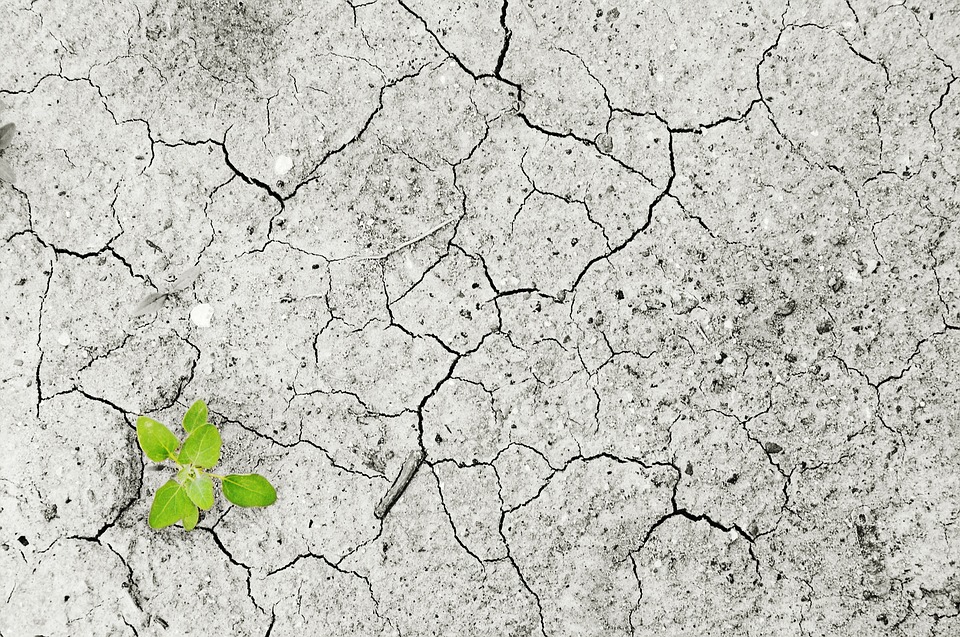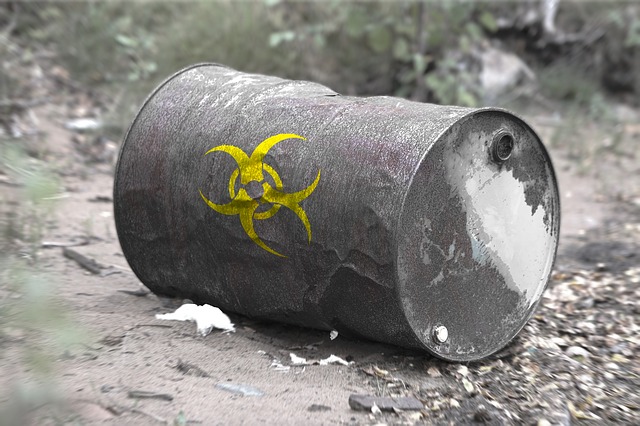How to Deal with Contaminated Soil
Plots of land where nothing has previously been developed on are quite rare these days, especially in urban areas. No matter if the land is purchased for farming or house building, checking the soil for contamination is extremely important, in order to avoid hazardous chemicals from coming in contact with anything that’s being developed on in or in the nearby sites.
Up until recent years, environmental laws were more relaxed and it was not uncommon for waste was dumped close to where the products were used. Chemicals can persist in the soil for decades and can be really dangerous, especially if it comes in contact with crops or animals. Fortunately, there are multiple solutions that have been developed to treat the soil and restore its fertility.
The Dangers of Soil Contamination
To put it simply, soil contamination occurs when the soil comes in contact with pollutants, mostly due to hazardous past activities that were conducted on the site. The concentration of pollutants becomes higher than normal, often spreading to the nearby areas and polluting the neighbour lands as well. People have often reported dealing with contaminated soil, due to recent demolition or construction work developed close to their homes or farms.
Living or working in close contact with contaminated soil increases the risk of chemical exposure through skin absorption or inhalation of chemicals. If corps are being planted on such lands, they can quickly absorb chemicals from the soils that travel from their roots to their leaves, fruits and seeds and eventually reach the people who consume the produce.
Before coming in contact with the human body, soil contamination can also affect crop quality, by decreasing the fertility of the soil and alter its structure. The crops will develop poorly and, over time, the soil will become less productive and even completely infertile due to large quantities of toxic chemicals.
Soil contamination can also lead to water pollution. After rain, the surface runoff can carry the polluted soil and mix it into different water sources. This way, the water fills with toxic chemicals, which make is unfit for humans, plants or animals.
Low levels of contamination can produce reactions such as nausea, fatigue, rashes or headaches, while exposure to high levels of contamination can even result in neurological or reproductive disorders. Studies have reported that prolonged high chemical exposure can also increase the risk of cancer. The most vulnerable are usually elders, pregnant women and especially children, who often play in gardens and ingest soil particles from touching their mouth with dirty fingers. In such situations, the health risks are much higher.
Common Soil Contamination Reasons
In urban areas, lead is the most common soil contaminant, mostly because it used to be found in the compounds of exterior paint. It is very easy for old paint to disintegrate and fill the soil around the house with flakes that can contaminate it. Avoiding to grow crops or do digging near buildings that could have been painted with such old paint is one simple way to avoid contamination. Heavy metals and industrial chemicals are also present in urban areas, though they are more likely to be found in industrial areas, rather than residential.
There is a wide range of activities that can lead to soil pollution, such as mining, that can release sulfuric acid, mercury and acid into the soil. Fuel storage can release hydrocarbons, while agricultural and industrial waste can pollute the soil due to leaks, spills or pipeline ruptures. Even light industrial or agricultural activities conducted on the site can result in some sort of contamination. Some of the most common reasons are:
· Pesticides: after World War II, people started using DDT, an insecticide that turned out to be extremely dangerous for the environment, to deal with rodents, weeds and insects that threatened their crops. In 2011, traces of DDT were still found in human bodies, despite being banned almost 30 years ago.
· Industrial pollution: improper disposal of chemical waste from various types of industries has led to soil acidification and contamination with heavy metals, oils and toxic chemicals.
· Poor irrigation: bad irrigation practices have led to increased soil salinity, while improper maintenance of irrigation canals and intensive farming slowly degraded the soil over time.
· Urban activities: disposal of solid waste is another form of soil pollution, most common from plastic or batteries, which contain lithium that causes soil leaching. Sewerage leaking can also damage soil quality or change its chemical composition.
Dealing with Contaminated Soil
Testing soil for contamination is quite easy and many laboratories offer such services. Private companies and public universities also offer soil testing services, which can reveal all the information needed. Some of these services are mail-in and the labs will provide instructions on how to properly collect soil samples and send them through. After the test reveals the level of pollution, there are a few procedures that can help deal with contaminated land.
· Soil Washing: this is often considered to be the best technique to treat heavy metal and hydrocarbon contamination. Soil washing is a process that involves physically separating the contaminated particles from the soil by using heat or water to remove them.
· Bio-piles: this process involves excavating the soil, forming it into piles and mixing it with soil amendments. The piles are enclosed and an irrigation system pumps air and nutrients through the soil. The treatment time varies between 3 and 6 months, after which the excavated soil is returned to its original location.
· Soil Stabilization: typically used to treat sub-grade materials, such as clays or granular materials, the process is used to enhance the physical properties of the soil. It uses reduction and oxidation to incorporate additives into the soil, until it achieves the desired properties and the contaminated soil become non-hazardous.
The decontamination process can vary, depending on the type of pollutants that are found in the soil and the contamination period. After decontamination, the disposal of the contaminated remains must be carried out according to local regulations, to avoid polluting other areas.





0 Comments
Recommended Comments
There are no comments to display.